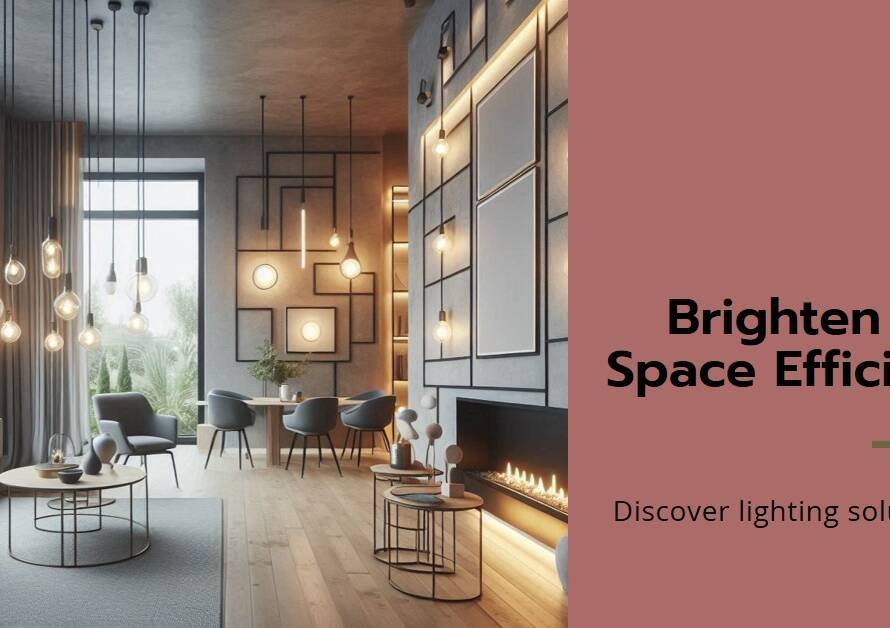
Table of Contents
Luxury Interior Design is an art that requires finesse, attention to detail, and a deep understanding of balance and aesthetics. While opulence and extravagance are often associated with luxury, the key to successful luxury interior design lies in achieving a harmonious blend of sophistication, functionality, and timeless elegance without veering into tackiness or ostentation. In this comprehensive guide, we’ll explore professional strategies and expert tips for approaching luxury interior design with grace and refinement, ensuring your spaces exude a sense of understated luxury and class.
1. Understanding Client Preferences and Lifestyle
The foundation of successful luxury interior design begins with understanding your client’s preferences, lifestyle, and aspirations. Conduct in-depth consultations to uncover their style preferences, color palettes, design inspirations, and functional requirements for each space. Consider their daily routines, entertainment habits, family dynamics, and desired ambiance to tailor design solutions that reflect their personality, enhance comfort, and elevate their living experience. Aligning design choices with client expectations fosters trust, satisfaction, and long-term appreciation for the luxury interiors created.
2. Embracing Timeless Design Principles
Timelessness is a hallmark of luxury interior design that transcends trends and fads. Embrace classic design principles such as balance, proportion, harmony, and symmetry to create interiors with enduring appeal and elegance. Focus on quality craftsmanship, refined materials, and meticulous attention to detail in furniture selection, architectural elements, finishes, and decorative accents. Incorporate elements of architectural styles like neoclassical, art deco, or modern classicism that stand the test of time, ensuring your designs remain relevant and sophisticated for years to come.
3. Selecting High-Quality Materials and Finishes (Luxury Interior Design )
Luxury interiors are characterized by the use of premium materials, exquisite finishes, and impeccable craftsmanship. Opt for high-quality materials such as marble, hardwoods, natural stones, fine metals, and luxurious textiles that exude richness and refinement. Pay attention to finishes like polished surfaces, handcrafted details, custom millwork, and bespoke furnishings that showcase attention to detail and superior quality. Strive for a cohesive material palette that enhances visual continuity and elevates the overall luxury quotient of interior spaces.
4. Balancing Opulence with Subtlety
Achieving a luxurious ambiance without crossing into tackiness requires a delicate balance between opulence and subtlety. Avoid overloading spaces with excessive ornamentation, flashy elements, or clashing design motifs that can overwhelm the senses and detract from the overall elegance. Instead, focus on strategic focal points, restrained embellishments, and curated collections of statement pieces that command attention while maintaining a sense of refinement and sophistication throughout the space.
5. Incorporating Timeless Color Schemes
Color plays a pivotal role in luxury interior design, setting the tone, mood, and visual impact of spaces. Opt for timeless color schemes such as neutral palettes, sophisticated monochromes, subtle contrasts, and understated accents that exude sophistication and versatility. Integrate pops of rich colors like deep blues, emerald greens, or regal purples sparingly to add depth, warmth, and personality without overpowering the overall color scheme. Consider natural light variations, room proportions, and desired ambiance when selecting colors to ensure a cohesive and harmonious visual experience.
6. Prioritizing Comfort and Functionality
Luxury interiors should not only look exquisite but also prioritize comfort, functionality, and practicality for occupants. Choose furniture pieces, upholstery fabrics, and spatial layouts that prioritize ergonomic design, relaxation, and ease of use. Incorporate smart home technologies, integrated lighting solutions, climate control systems, and acoustic treatments that enhance comfort, convenience, and energy efficiency within luxury spaces. Seamless integration of luxury and functionality ensures that interiors not only impress visually but also cater to the practical needs and lifestyle demands of occupants.
7. Curating Art and Décor Thoughtfully
Art and décor elements play a vital role in elevating luxury interiors, adding personality, cultural richness, and visual interest to spaces. Curate art collections, sculptures, and decorative objects thoughtfully, considering scale, placement, and thematic coherence with interior design concepts. Invest in original artworks, limited-edition pieces, or bespoke creations that reflect client tastes, evoke emotions, and contribute to the overall ambiance of luxury and refinement. Balance art and décor with architectural features, furniture layouts, and spatial flow to create cohesive visual narratives that resonate with occupants and visitors alike.
8. Integrating Natural Elements and Biophilic Design
Bringing nature indoors through biophilic design principles enhances luxury interiors with a sense of tranquility, connection to the outdoors, and wellness benefits. Incorporate natural elements such as indoor plants, living walls, natural light, water features, and organic materials like wood and stone to create harmonious, rejuvenating spaces. Emphasize views of outdoor landscapes, create seamless transitions between indoor and outdoor living areas, and design spaces that promote relaxation, inspiration, and holistic well-being for occupants.
9. Customizing Design Solutions and Personalization
Luxury interior design thrives on customization and personalization tailored to individual client preferences and lifestyles. Collaborate closely with clients, artisans, craftsmen, and design professionals to create bespoke design solutions, custom furniture pieces, unique finishes, and personalized touches that reflect client identities and aspirations. Incorporate meaningful heirlooms, family treasures, or culturally significant elements into interiors to add layers of narrative, heritage, and emotional connection, enhancing the overall luxury experience for occupants.
10. Evoking Emotions and Creating Memorable Experiences


Beyond aesthetics and functionality, luxury interior design should evoke emotions, create memorable experiences, and evoke a sense of exclusivity and indulgence. Pay attention to sensory elements such as lighting schemes, ambient scents, tactile textures, and soundscapes that engage the senses and enhance mood, relaxation, and ambiance within spaces. Design for moments of delight, surprise, and sensory pleasure that leave a lasting impression on occupants and visitors, elevating their perception of luxury and refined living.
By incorporating these professional strategies and design principles into your approach to luxury interior design, you can create captivating, sophisticated spaces that transcend trends and embody timeless elegance, comfort, and luxury living at its finest. Strive for a harmonious balance between opulence and subtlety, prioritize functionality and personalization, and evoke emotions and memorable experiences that resonate deeply with occupants, ensuring enduring satisfaction and admiration for your design mastery.



